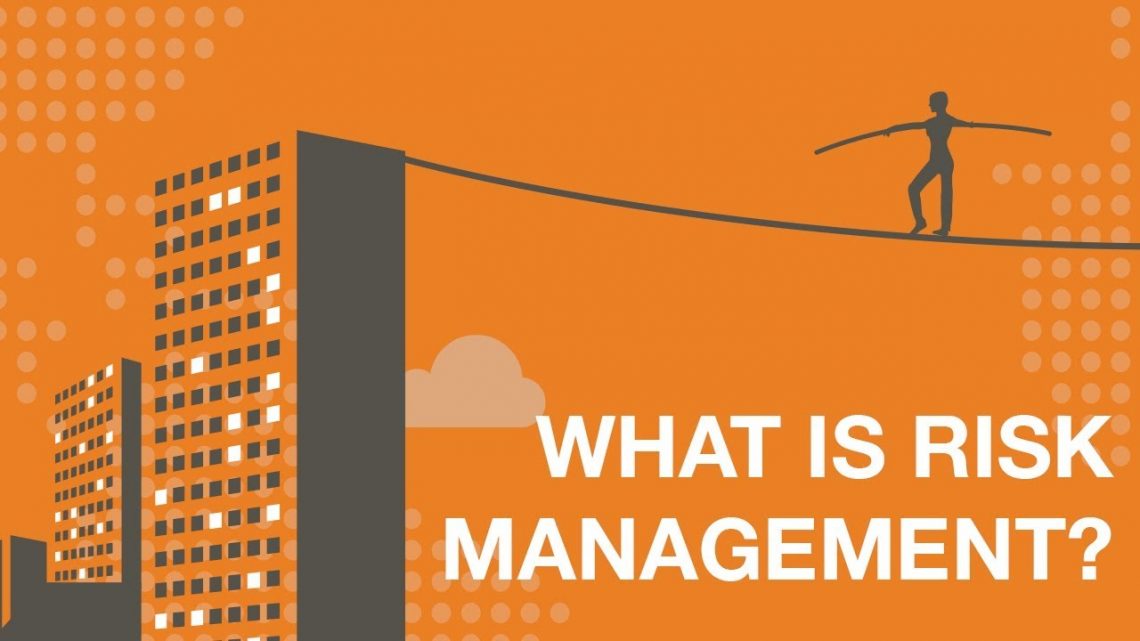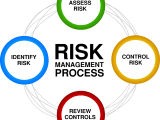
What is Risk Management
15 March 2019What is Risk Management
The “Risk Management” phrase is used in several fields with different significance. The most common use of this expression is the “Pure Risk” which is used in the aspects of safety and health referring to the pure risk. The risk management in RMP-PMI is another type which is referred to as “Business Risk”. The difference between those two types can be shown as follow:
• Pure Risk: The risk of loss (fire, theft, injury… etc.) that is insurable.
• Business Risk: The risk of gain or loss that is concerned to business threats or opportunities.
Project Management Institute (PMI) defines risk as “an uncertain event or condition that, if it occurs, has a positive or negative effect on one or more project objectives such as scope, schedule, cost, and quality”. (PMBOK Guide, 2013, Page 310) where the uncertainty is lack of knowledge that reduces confidence in conclusions.
The common factors of risk management are:
– Probability: How much percent risk may occur
– Impact: The range of possible outcomes such as time, money …etc.
– Timing: When the risk is expected to take place.
– Frequency: How often this risk is expected to happen
Through risk management you try to increase probability and impact of opportunities, while decrease probability and impact of threats. This action depends on the risk culture of the decision taker which is referred to as risk tolerance. Risk tolerance defines the thresholds that when a risk exceeds, it becomes unacceptable. The most known tolerances are:
• Risk Averse: Someone who doesn’t want to take risks.
• Risk tolerant: Someone who doesn’t perform a great effort to search for risk, however when the risk comes to him, he exploit it.
• Risk Seeker: Someone who spends a lot of time searching for risks.







